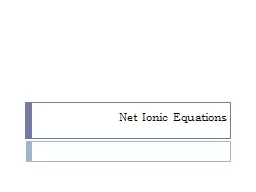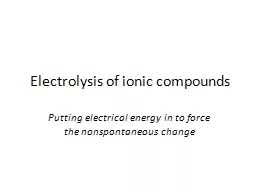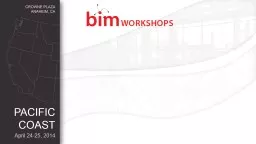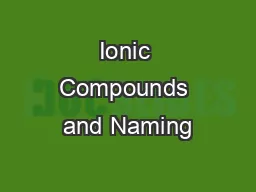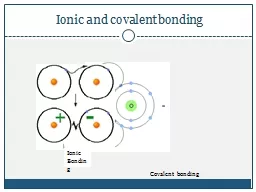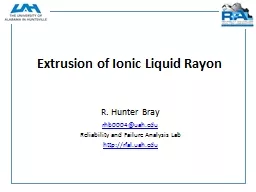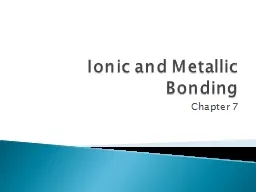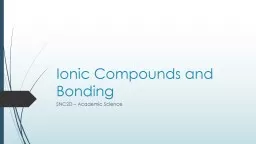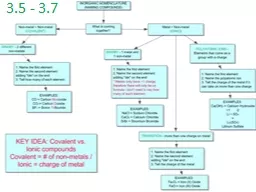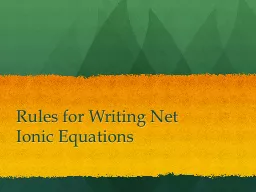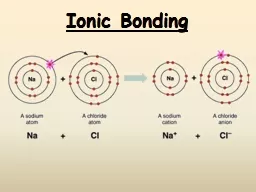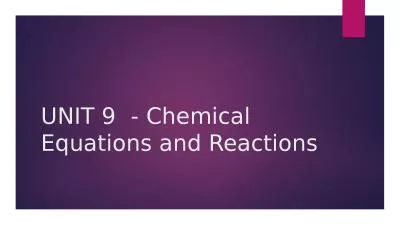PPT-Net Ionic Equations Net-ionic Equations
Author : blanko | Published Date : 2022-06-08
Net ionic equations are useful in that they show only those chemical species directly participating in a chemical reaction The keys to being able to write net
Presentation Embed Code
Download Presentation
Download Presentation The PPT/PDF document "Net Ionic Equations Net-ionic Equations" is the property of its rightful owner. Permission is granted to download and print the materials on this website for personal, non-commercial use only, and to display it on your personal computer provided you do not modify the materials and that you retain all copyright notices contained in the materials. By downloading content from our website, you accept the terms of this agreement.
Net Ionic Equations Net-ionic Equations: Transcript
Download Rules Of Document
"Net Ionic Equations Net-ionic Equations"The content belongs to its owner. You may download and print it for personal use, without modification, and keep all copyright notices. By downloading, you agree to these terms.
Related Documents

